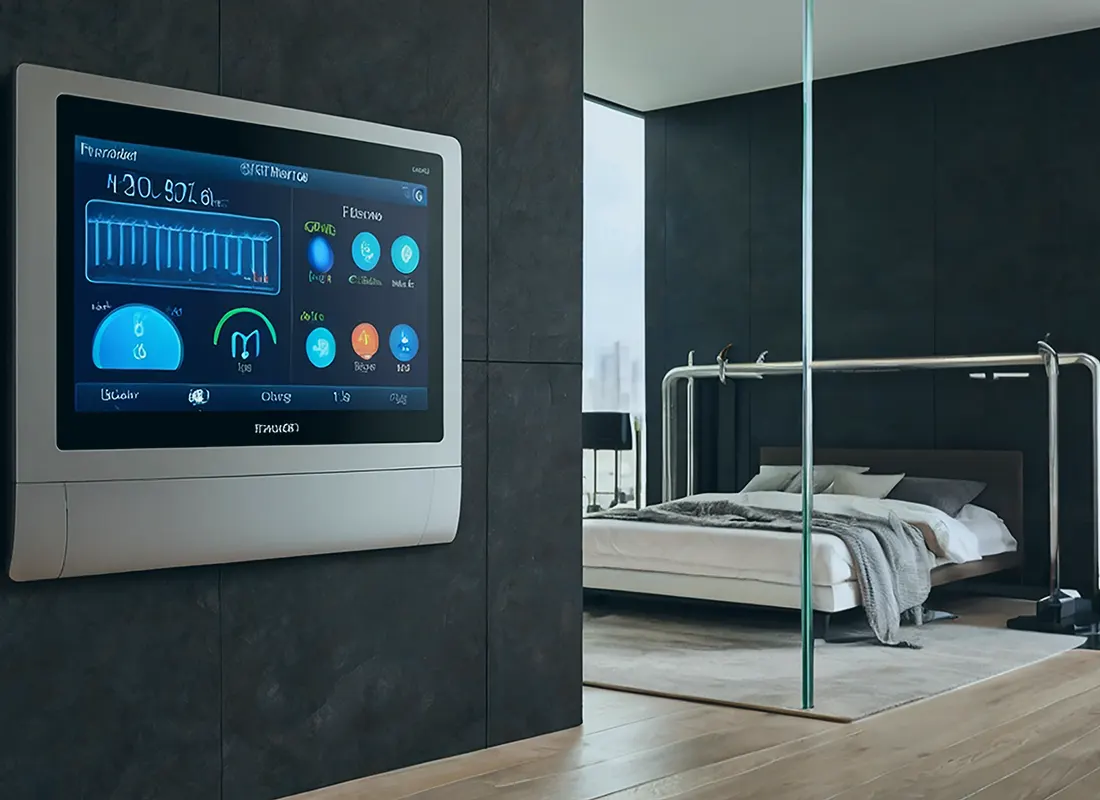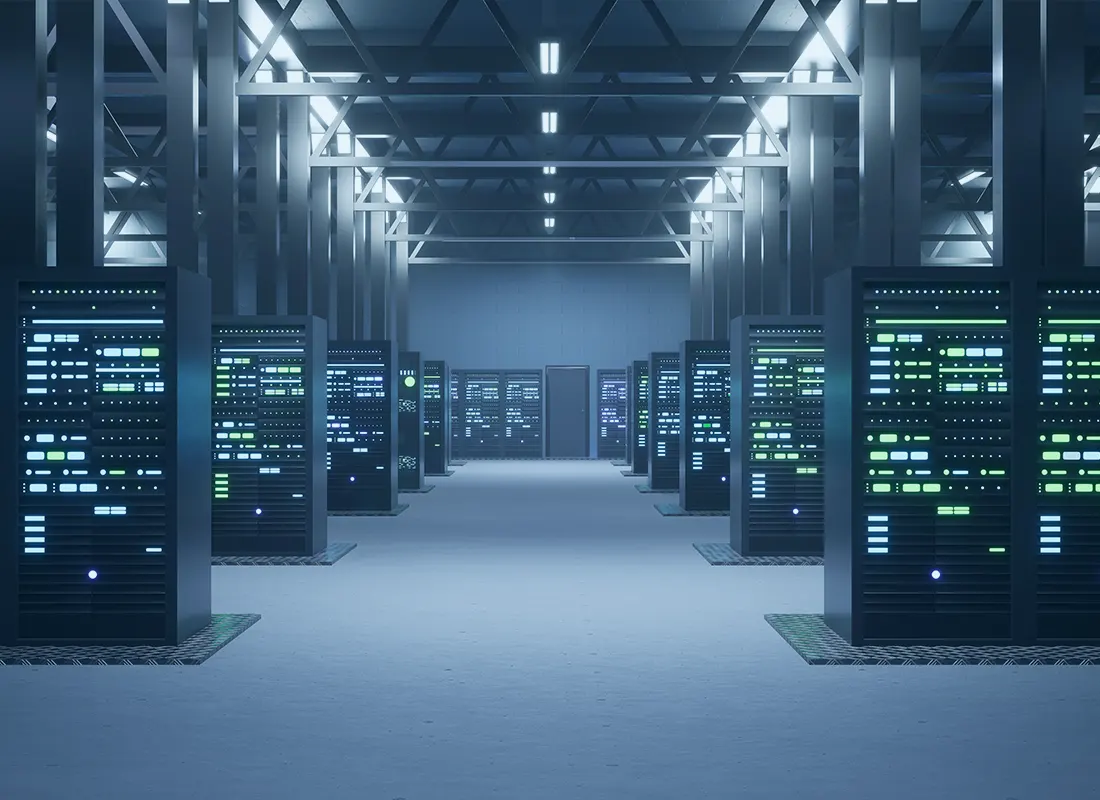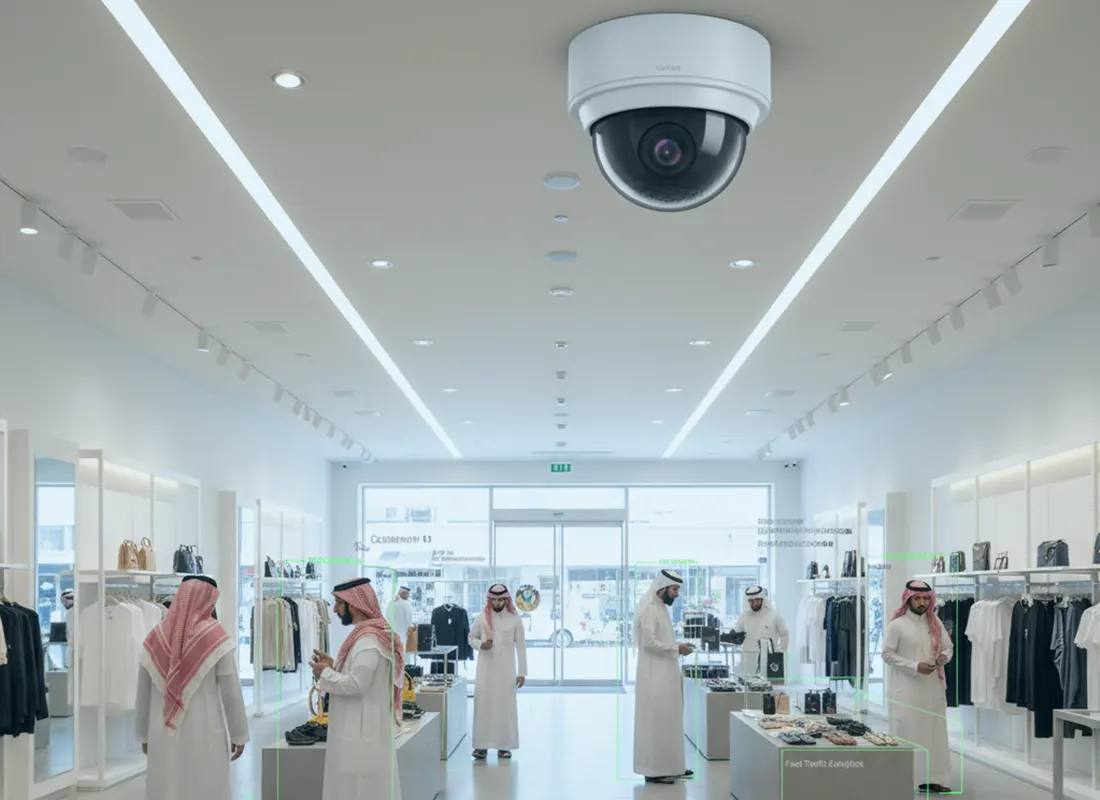
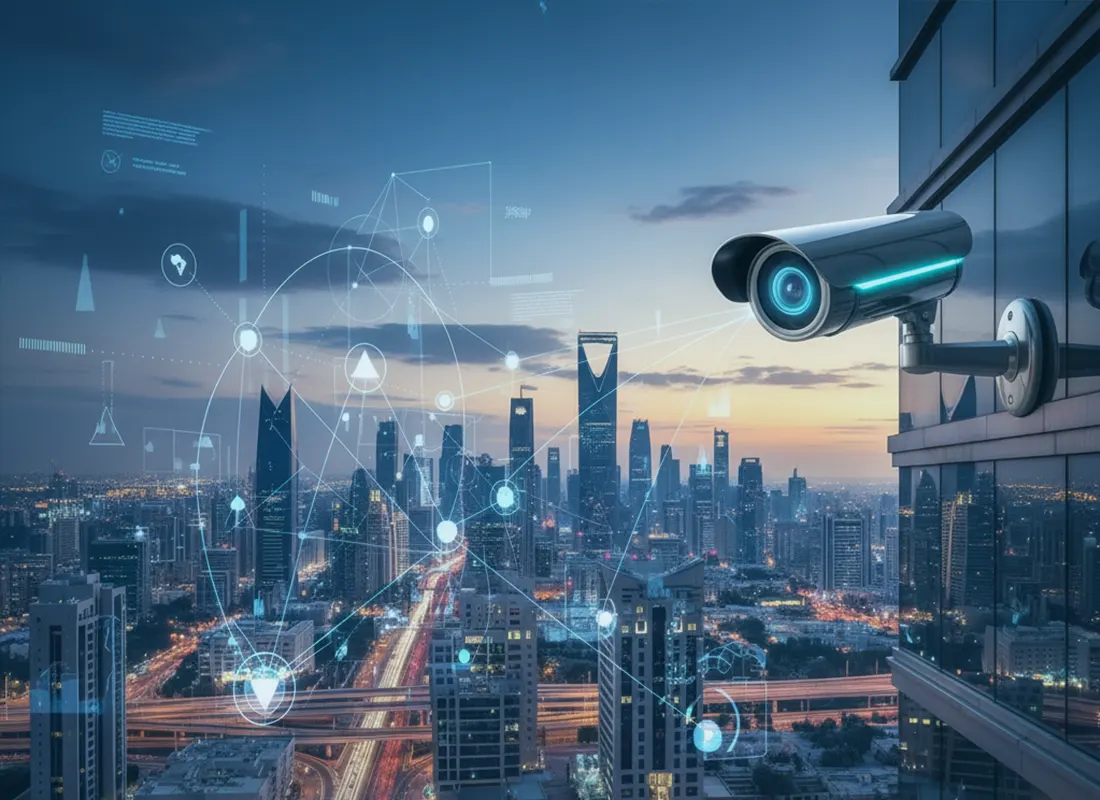
Saudi Arabia’s Security Camera Market Transforms, Fueled by AI and Vision 2030
RIYADH, Saudi Arabia – The Saudi Arabian security camera market is undergoing a fundamental transformation, evolving from a network of simple recording devices into an intelligent ecosystem central to the nation’s safety and economic ambitions. Driven by the strategic imperatives of Vision 2030, the market is shifting from analog to AI-powered solutions, creating new opportunities and challenges across the board.
This evolution is not just about more cameras; it’s about smarter, connected systems that offer predictive insights and real-time response capabilities.
Vision 2030 and the Demand for Smarter Security
The Kingdom’s ambitious Vision 2030 blueprint is the undeniable engine of this growth. The massive investment in giga-projects, smart cities, and critical infrastructure—from the bustling hubs of Riyadh and Jeddah to the industrial zones of Dammam—has made advanced surveillance a non-negotiable component of urban development.
“Security is no longer an afterthought; it’s being baked into the architectural DNA of new Saudi Arabia,” the market analysis suggests. Real estate developers and urban planners are now integrating surveillance systems from the earliest design phases.
The AI and Cloud Revolution
The most significant shift is the rapid move away from traditional analog systems. The new gold standard is a combination of IP-based cameras, Artificial Intelligence (AI), and cloud integration.
These next-generation systems offer capabilities that were once the realm of science fiction:
- Facial Recognition and License Plate Recognition (LPR) for seamless access control and law enforcement support.
- Behavioral Analytics to detect anomalies like unattended bags or unusual crowd movements.
- Remote, Mobile-First Monitoring that allows security personnel to manage feeds from anywhere.
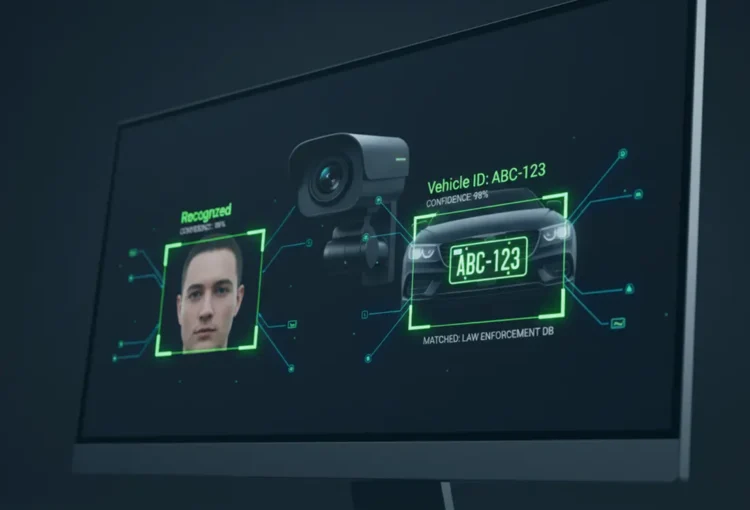
The Right Tool for the Right Environment
The market has diversified to meet the unique needs of various sectors:
Commercial & Residential
Dome and bullet cameras remain the stalwarts for retail stores and homes, valued for their discretion and durability.
Critical Infrastructure & Transport
PTZ (Pan-Tilt-Zoom) and thermal cameras are essential for monitoring vast areas like airports, oil and gas facilities, and new mass transit networks, providing large-area coverage and night vision capabilities.
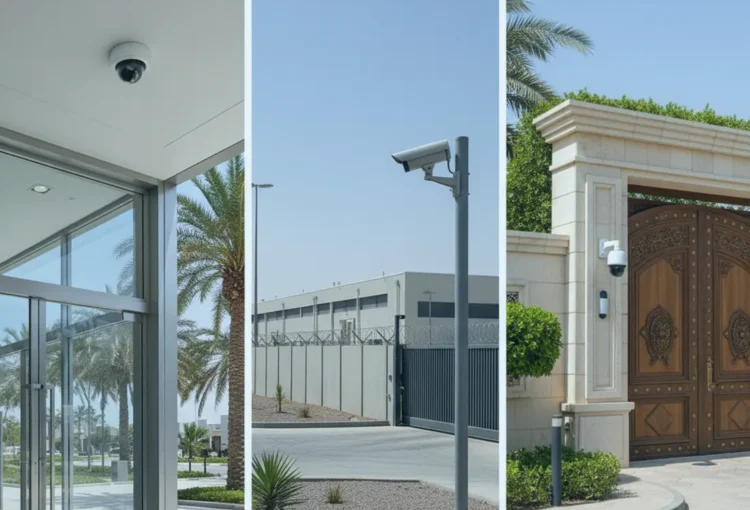
Competitive Landscape and Future Challenges
The market is served by a mix of global giants and local specialists. Leading players like Hikvision, Dahua, Axis Communications, and Bosch are competing on the sophistication of their AI analytics, robust cybersecurity protocols, and their ability to provide region-specific support.
However, this rapid growth is not without its hurdles. The industry must continuously navigate:
- Evolving Data Privacy Regulations: Ensuring compliance with strict data sovereignty and cybersecurity laws.
- The Ever-Present Cyber Threat: Demanding secure firmware and regular remote updates.
- The Skills Gap: A growing need for technicians trained to install and maintain these complex systems.
The Bottom Line
The Saudi security camera market is maturing into a sophisticated, technology-driven industry. For businesses, integrators, and investors, the message is clear: the future lies in intelligent, integrated, and compliant AI solutions that do more than just watch—they understand and protect. As Vision 2030 projects continue to roll out, this market’s role as a guardian of the Kingdom’s future will only become more critical.
